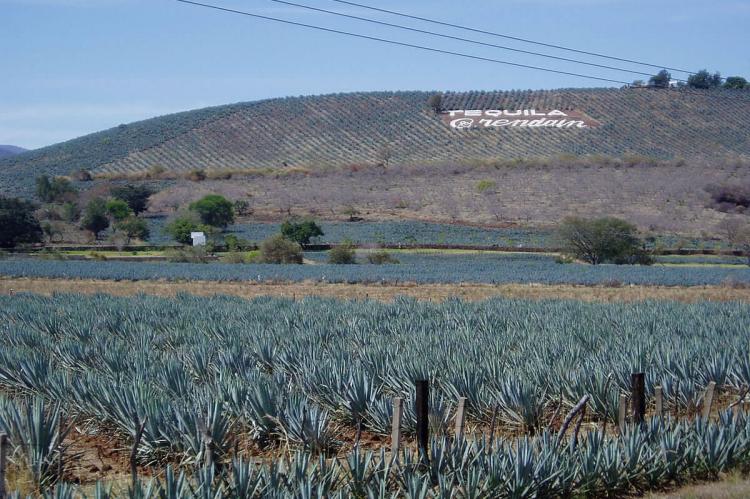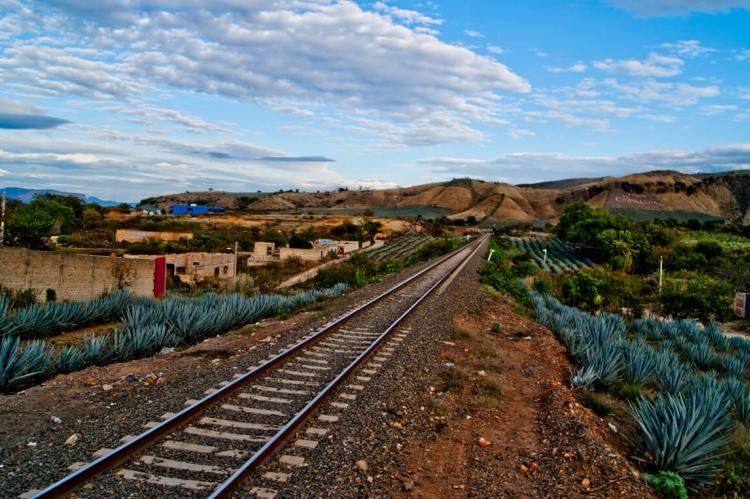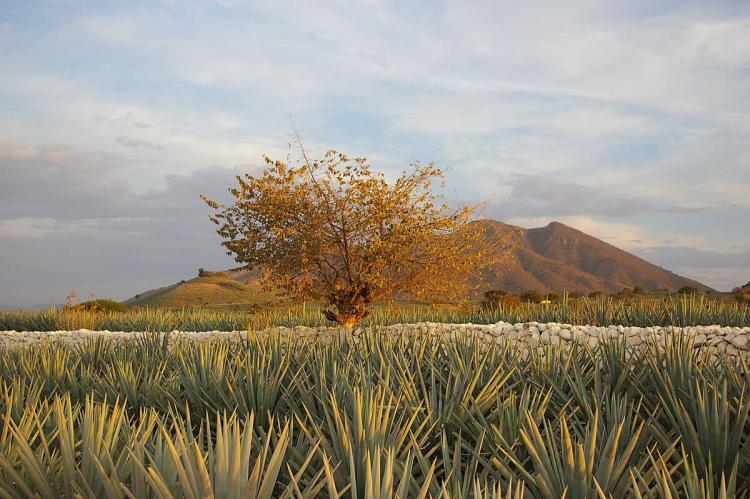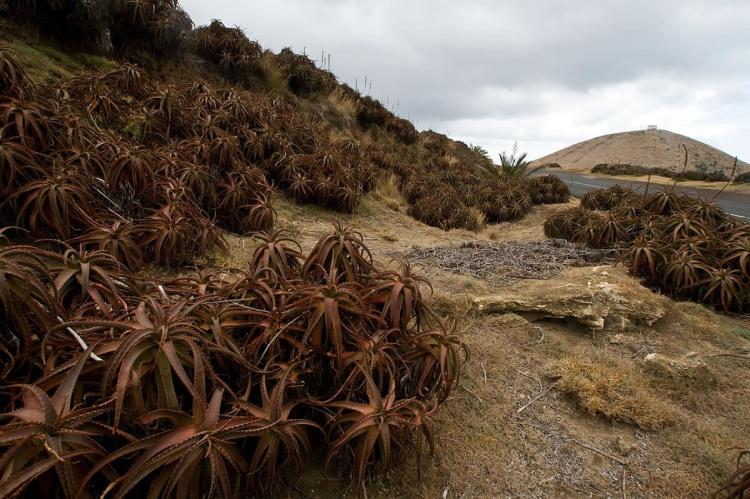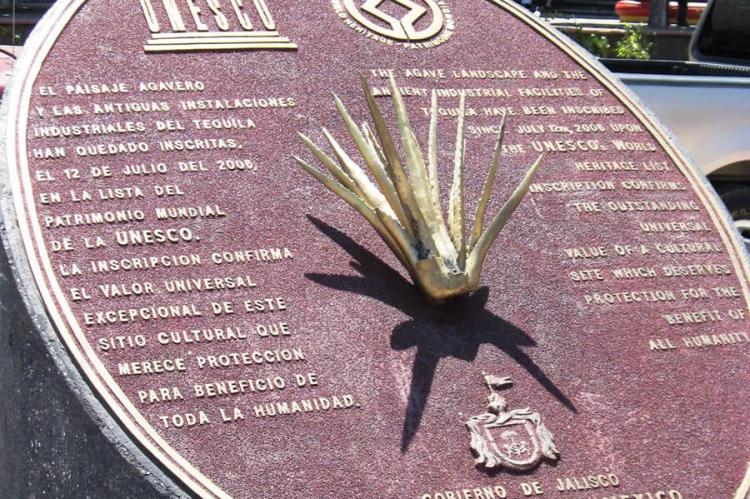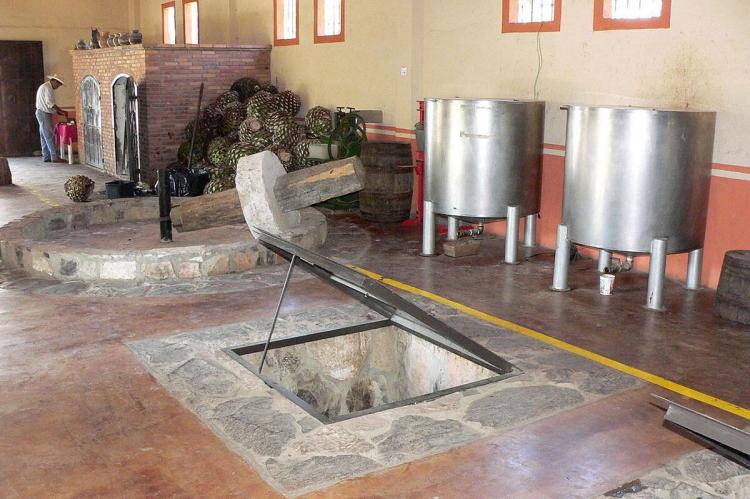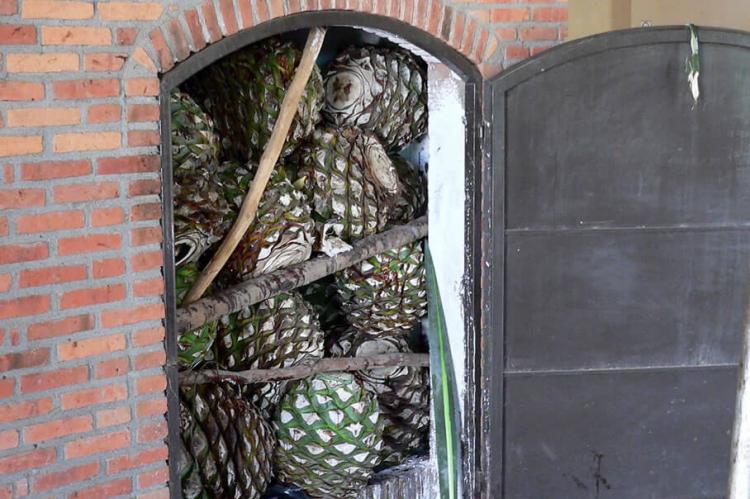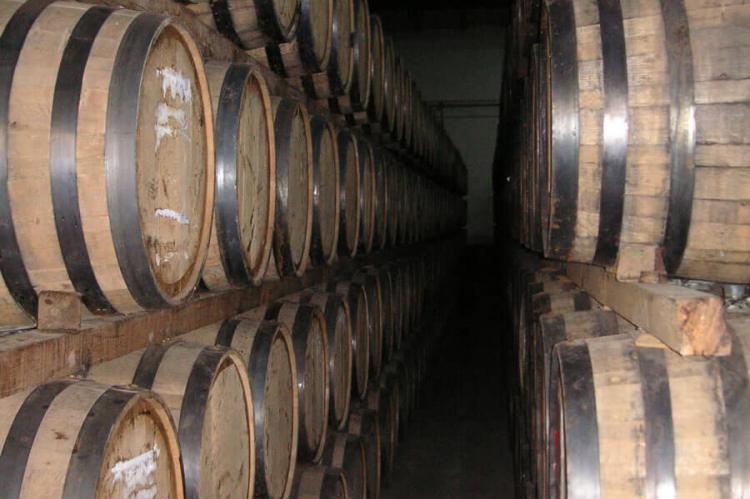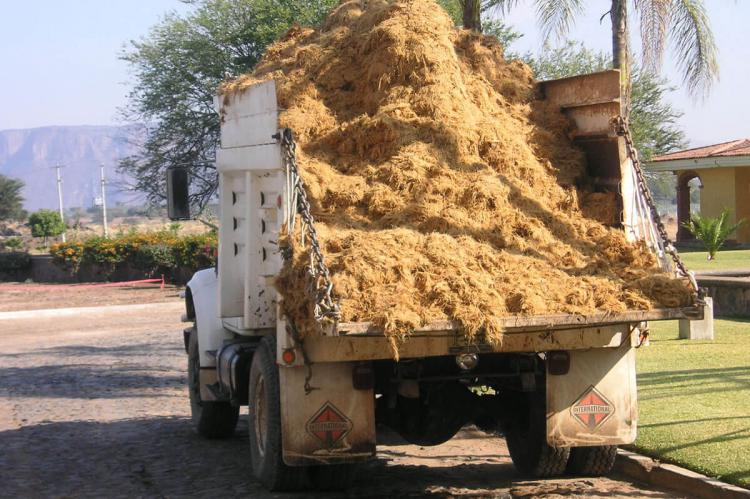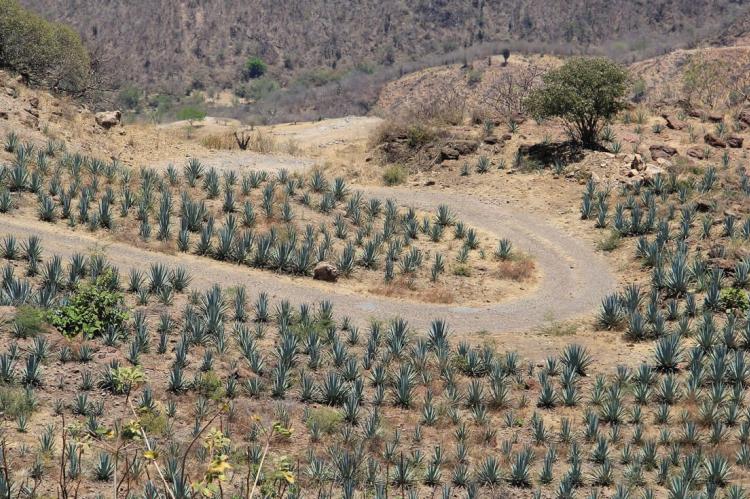The Agave Region of Mexico: A Cultural and Botanical Marvel
Mexico's agave region is a testament to the country's rich heritage and biodiversity. It blends natural beauty and human ingenuity with rugged terrain and artisanal traditions deeply rooted in agave cultivation. The region is centered on the UNESCO-listed Agave Cultural Landscape of Tequila.
The Agave Region of Mexico: A Cultural and Botanical Marvel
Mexico's agave region is a testament to the country's rich biodiversity and cultural heritage. It offers a landscape shaped by both nature and human endeavor, from its rugged terrains to the artisanal traditions deeply rooted in agave cultivation. This region represents a harmonious blend of natural beauty and human ingenuity.
Botanical Significance
The agave plant, known for its diverse species, thrives across various regions of Mexico, showcasing its remarkable adaptability to different climates and landscapes. Indigenous communities throughout Mesoamerica have long revered the agave for its versatility, utilizing it for food, fiber, and medicinal purposes. The plant's resilience has made it a vital resource for sustaining livelihoods in arid regions where other crops struggle to grow. The agave region encompasses vast expanses of land where this versatile plant flourishes, shaping ecosystems and providing essential resources to local communities.
Cultural Roots
Beyond its botanical importance, agave holds deep cultural significance in Mexican history and identity. Indigenous civilizations, such as the Aztecs, recognized the multifaceted utility of agave, using it for both practical and ceremonial purposes. The plant's leaves were woven into textiles, ropes, and mats, showcasing the resourcefulness of ancient cultures. Additionally, agave became intertwined with spiritual beliefs and rituals, symbolizing fertility, abundance, and connection to the divine. These cultural practices have endured over centuries and continue to influence Mexican traditions and customs surrounding agave cultivation.
Artisanal Practices
The cultivation and processing of agave involve intricate artisanal practices passed down through generations. Skilled jimadores, revered for their expertise, harvest the piñas—the heart of the agave plant—with precision and care. These piñas are then roasted, fermented, and distilled to produce renowned beverages like mezcal and tequila, each reflecting the unique characteristics of its terroir. Artisanal craftsmanship produces exceptional spirits, preserves cultural heritage, and fosters community bonds. Moreover, the production process supports local economies and provides employment opportunities for many rural communities in the agave region.
The Agave Cultural Landscape of Tequila
Nestled within the agave region, the "Agave Landscape and Ancient Industrial Facilities of Tequila" stands as a UNESCO World Heritage Site, representing the enduring relationship between the land, the plant, and the people. Tequila, located in the state of Jalisco, serves as the heart of this cultural landscape, where agave cultivation and tequila production have shaped the town's identity and economy for centuries.
Visual Splendor
The Agave Cultural Landscape boasts breathtaking vistas characterized by expansive agave fields that stretch as far as the eye can see. The orderly rows of blue agave plants create a mesmerizing sight, reflecting the agricultural practices that have sustained communities for generations. This visual splendor attracts visitors and serves as a source of pride for local inhabitants, who view the landscape as a symbol of their cultural heritage and identity.
Cultural Heritage
The landscape is dotted with haciendas, or distilleries, where agave is transformed into tequila. These haciendas are more than just industrial facilities—they are living repositories of cultural knowledge and traditions. Here, jimadores carry out their work with reverence and skill, preserving ancestral techniques and rituals that imbue each bottle of tequila with a sense of place and history. Visitors to these haciendas can witness tequila production's artisanal process and learn about agave's cultural significance in Mexican society.
Sustainable Preservation
Designated as a World Heritage Site in 2006, the Agave Cultural Landscape of Tequila represents Mexico's commitment to preserving its cultural and natural heritage for future generations. Efforts are underway to promote sustainable agave cultivation practices that balance economic development with environmental conservation. By protecting the landscape's integrity and supporting traditional farming methods, Mexico aims to ensure the long-term sustainability of the agave region while safeguarding its unique cultural heritage.
In conclusion, The agave region of Mexico, epitomized by the Agave Cultural Landscape of Tequila, is a testament to the enduring bond between humans and the natural world. Through centuries of cultivation and craftsmanship, agave has become more than just a plant—a symbol of Mexican identity, resilience, and ingenuity. As visitors explore this cultural and botanical marvel, they are invited to immerse themselves in the rich tapestry of traditions, landscapes, and flavors that define the agave region of Mexico.
